Singapore, a tiny island nation in Southeast Asia, has long been renowned for its diverse culinary scene. From hawker centres and food courts to high-end restaurants and cafes, the city-state is a food lover’s paradise, offering a rich tapestry of flavours and influences around the region. One significant aspect of Singaporean cuisine is the strong influence of neighbouring countries like Malaysia and Indonesia, which have contributed significantly to the country’s food culture. The proximity of these two countries, coupled with the shared cultural history and migration patterns, has led to incorporating of traditional Malay and Indonesian dishes and ingredients into Singaporean cuisine. This article will explore how Singapore has benefited from the cuisines of Malaysia and Indonesia and how they have shaped the culinary landscape of the city-state.
Malaysia, Singapore & Indonesia has a rich culinary heritage, and rice is essential to many traditional dishes. From the fragrant nasi lemak to the savoury nasi goreng, there is a wide variety of Malay rice dishes to discover. This article will explore some of the most popular Malay rice dishes and their specific side dishes.
- Nasi Lemak
Nasi Lemak is one of Malaysia’s national dishes, and it’s easy to see why. This dish contains fragrant coconut rice with various sides, including fried anchovies, peanuts, cucumber slices, hard-boiled eggs, and a spicy sambal sauce.

- Nasi Goreng
Nasi Goreng is a popular fried rice dish often served in Indonesia & Malaysia as a breakfast or lunch option. This flavorful dish includes fried rice cooked with soy sauce, chilli paste, and various spices. It’s typically served with sliced cucumber, tomato, and a fried egg.
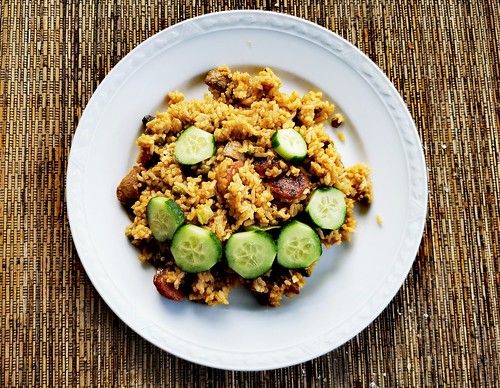
- Nasi Kandar
Nasi Kandar is a northern Malaysian dish that originated in Penang. It consists of steamed rice served with various curries, meats, and vegetables. The sides for this dish vary but can include chicken curry, beef curry, fish curry, okra, and crispy papadam.
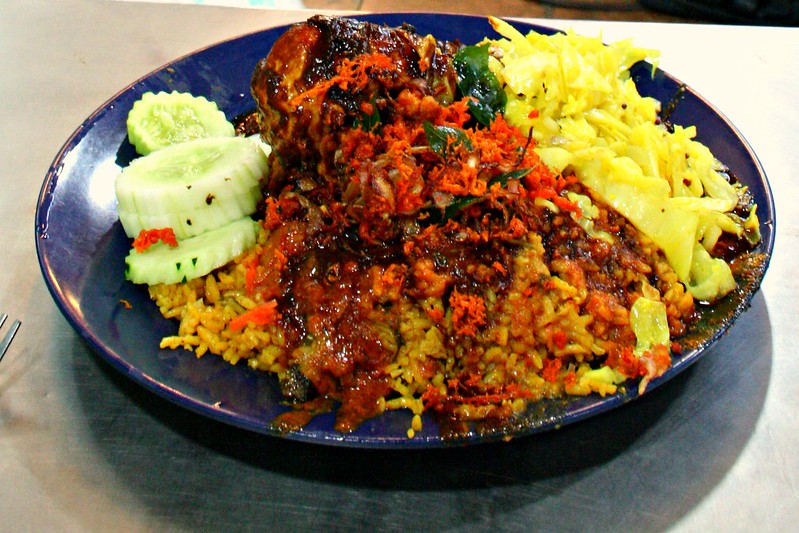
- Nasi Dagang
Nasi Dagang is a speciality rice dish from the east coast of Malaysia. It’s made with glutinous rice cooked with coconut milk and served with a side of fish curry, pickled vegetables, and hard-boiled eggs.
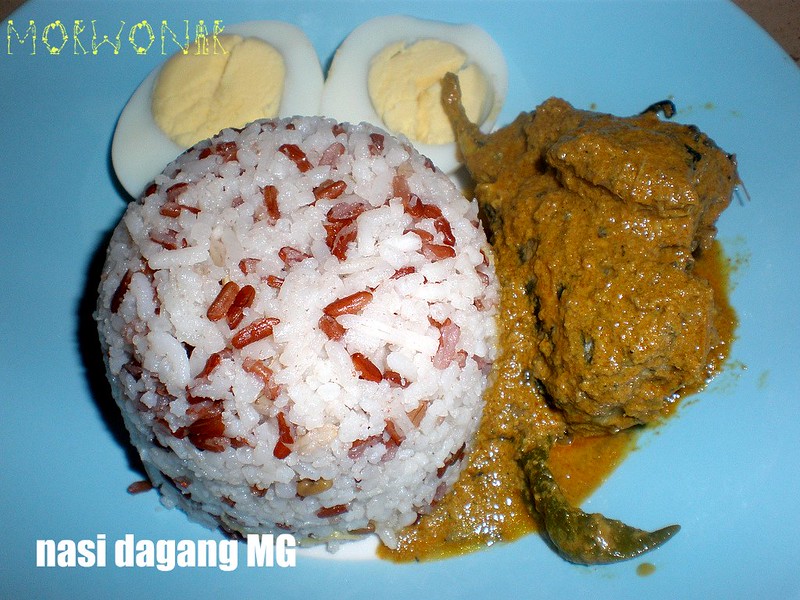
- Nasi Kerabu
Nasi Kerabu is a popular Malay rice dish often served during special occasions or celebrations. It’s made with blue-tinted rice that’s coloured using a natural dye from the butterfly pea flower. The rice is served with various sides, including fried fish, pickled vegetables, and a spicy sambal sauce.
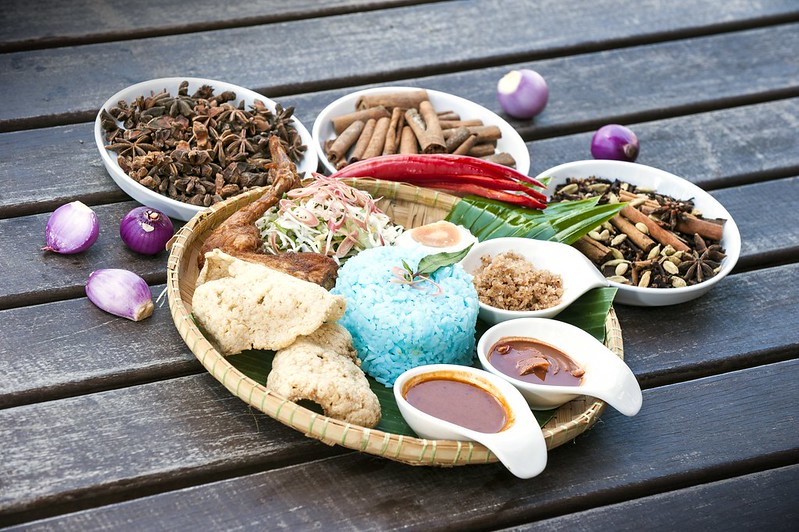
- Nasi Tomato
Nasi Tomato is a rice dish that’s commonly found in Malay restaurants. It’s made with tomato paste, spices, and chicken stock, giving the rice a fragrant and slightly sweet taste. The sides for this dish can include fried chicken, omelette, and pickled vegetables.
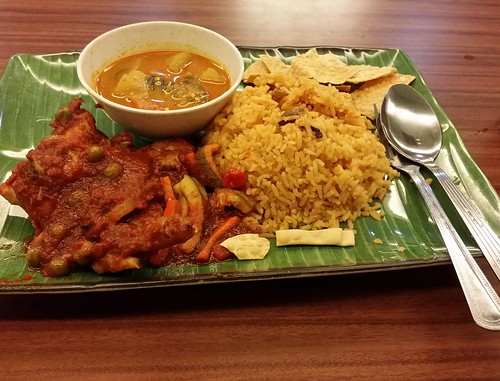
- Biryani Rice
Biryani Rice is a fragrant and flavorful dish typically associated with Indian cuisine but is also popular in Malaysia. It’s made with basmati rice cooked with various spices, including cinnamon, cardamom, and cloves. The sides for this dish can include beef, chicken, lamb curry, raita, and papadam.

- Nasi Ulam
Nasi Ulam is a traditional Malay rice dish made with a mixture of herbs, spices, and rice. The rice is cooked with pandan leaves, lemongrass, and coconut milk and is then mixed with a variety of finely chopped herbs, such as kaffir lime leaves, mint, and basil. The dish is often served with sambal belacan, fried fish, and pickled vegetables.
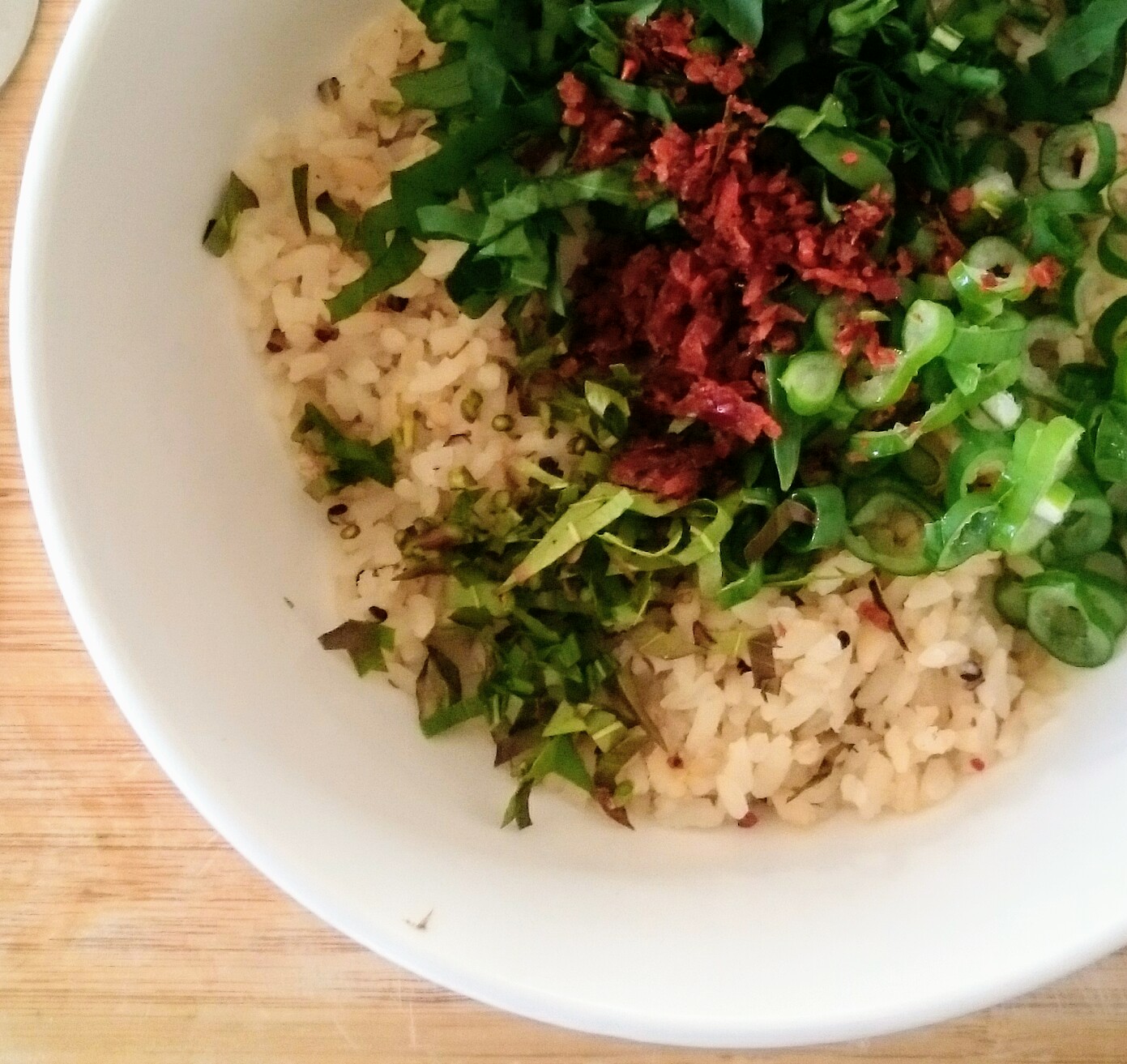
- Nasi Ambeng
Nasi Ambeng is a festive rice dish commonly found in the Johor state of Malaysia. It’s served on a large platter and is meant to be shared among people. The dish consists of fragrant rice served with various sides, including beef rendang, chicken curry, fried tofu, and sambal belacan.

- Nasi Jenganan
Nasi Jenganan is a traditional rice dish from Kelantan in Malaysia. It’s made with a glutinous and regular rice mixture and is cooked with coconut milk and pandan leaves. The rice is then wrapped in banana leaves and grilled over charcoal, giving it a smoky flavour. The dish is often served with grilled chicken, beef or fish and a spicy dipping sauce.
- Nasi Tumpang
Nasi Tumpang is a rice dish commonly found on the east coast of Malaysia, particularly in Terengganu and Kelantan. It consists of layers of compressed rice, eggs, and chicken or beef floss, wrapped in banana leaves and steamed. The dish is often served with beef or chicken curry, fried anchovies, and cucumber slices.
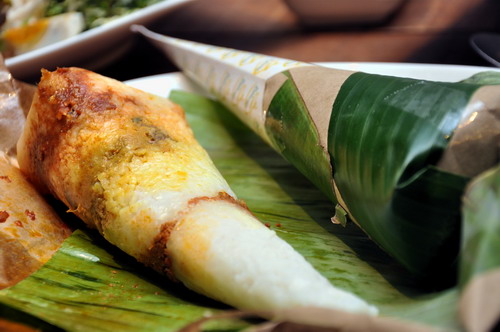
- Nasi Beringin
Nasi Beringin is a traditional Malay rice dish often served during special occasions or celebrations. It’s made with a type of glutinous rice that’s cooked with coconut milk and pandan leaves. The rice is then wrapped in banana leaves and steamed, giving it a fragrant and slightly sweet taste. The dish is often served with various sides, including beef or chicken rendang, pickled vegetables, and fried anchovies.

- Nasi Hujan Panas
Nasi Hujan Panas is a rice dish commonly found in Terengganu in Malaysia. It’s made with a glutinous and regular rice mixture and is cooked with coconut milk, lemongrass, and pandan leaves. The dish is then topped with fried anchovies, peanuts, and dried shrimp, giving it a crunchy texture. The dish is often served with beef or chicken curry, pickled vegetables, and sambal belacan.

The influence of neighbouring Malaysia and Indonesia has enriched Singapore’s culinary scene. Malay rice dishes, with their diverse flavours and textures, are just one example of how the shared cultural heritage and migration patterns have led to incorporation of traditional dishes and ingredients into Singaporean cuisine. From hawker centres to high-end restaurants, these dishes have become a staple of Singapore’s food culture, providing locals and visitors with a taste of the region’s vibrant and diverse culinary traditions. The Malaysian and Indonesian connection has benefited Singapore’s culinary landscape and will continue for years.


